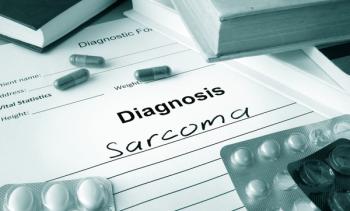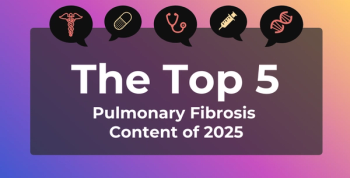
Dialysis Centers Included in Plan to Expand Access to COVID-19 Vaccines
The announcement allowing the administration of COVID-19 vaccines in dialysis centers is part of a larger $10 billion investment, largely funded by the American Rescue Plan, to expand access.
The Biden administration announced Thursday that dialysis centers will be permitted to administer vaccinations against the virus that causes COVID-19, in an effort to protect a population at high risk of severe illness or death from the disease.
The industry had been lobbying for the change.
The announcement is part of a nearly $10 billion investment largely funded by the
Another $350 million will fund community health workers.
“People on dialysis who contract COVID-19 often have severe adverse health outcomes—half require hospitalization and 20% to 30% die from COVID-19,” CDC Director Rochelle P. Walensky, MD, MPH, said in a statement. In her statement, she also noted the health disparities that affect non-White patients with chronic kidney disease (CKD), noting that advanced CKD affects Blacks, Hispanics, and American Indians/Alaska Natives (AI/AN) at higher rates; they are also less likely to receive a kidney transplant and to receive dialysis treatments long term.
COVID-19 also affects these populations at higher rates and in unequal ways, with Blacks, Hispanics, and AI/AN
Providing vaccines in dialysis centers where patients are used to going to receive usual care could improve uptake, the operators of the centers said. More than 550,000 individuals receive dialysis treatments annually through the Medicare End-Stage Renal Disease Program.
"Offering patients direct access to the vaccine in a convenient and trusted site of care improves health equity, addresses challenges with third-party sites and reduces hesitancy rates," Javier Rodriguez, DaVita's CEO, said in a statement.
Last week, US Renal Care, another dialysis provider,
Walensky also said vaccines will also be available to center health care workers. She said just 35% of staff in dialysis centers have been vaccinated.
Newsletter
Stay ahead of policy, cost, and value—subscribe to AJMC for expert insights at the intersection of clinical care and health economics.







































